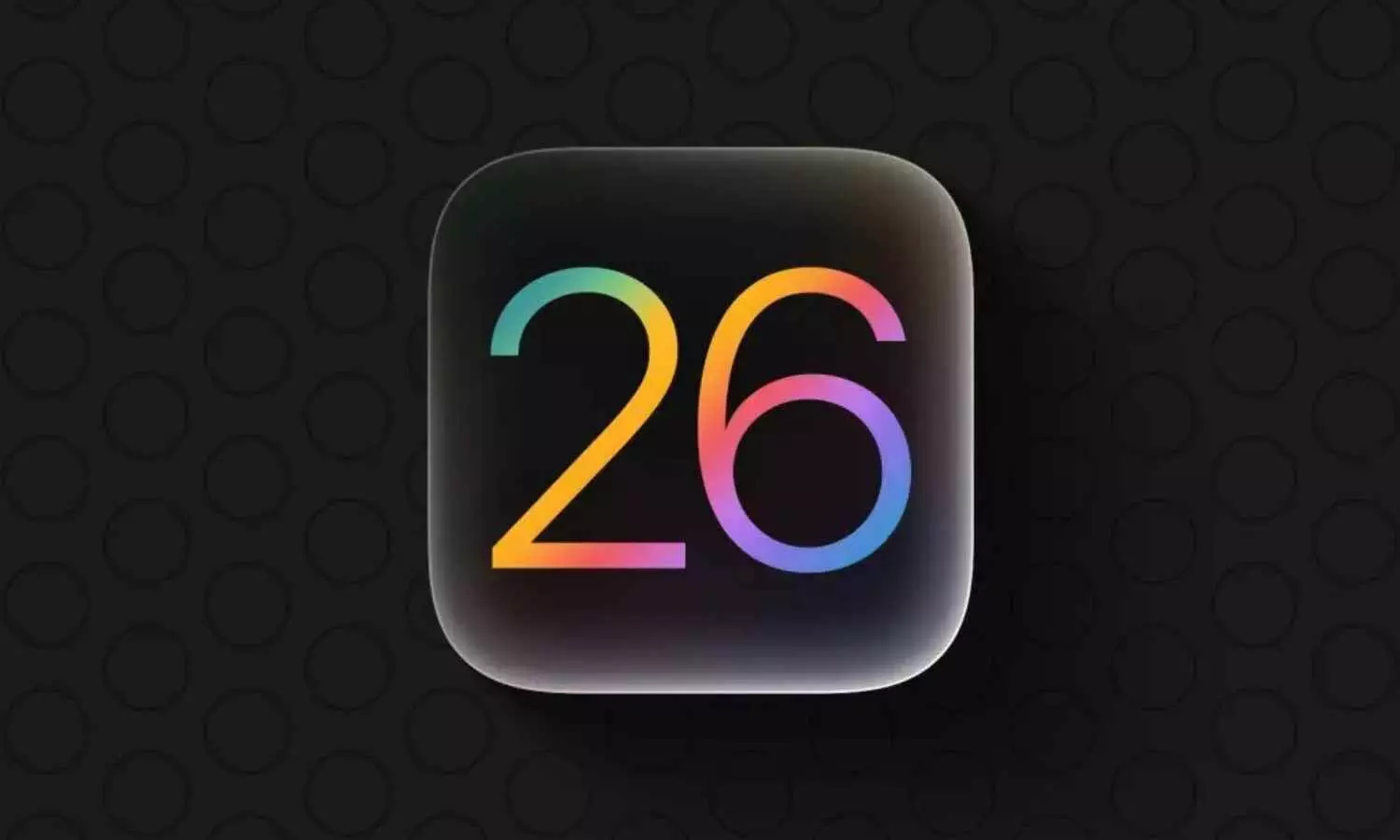iOS 26 Release Set for September With Big iPhone Update
iOS 26 rolls out this September with iPhone 17. Fresh design, Apple Intelligence, and major upgrades make this the biggest iOS update in years.
image for illustrative purpose

pple revealed iOS 26 at its annual WWDC event, delivering the most extensive redesign to the iPhone interface since iOS 7. Headlined by the introduction of a new design concept named "Liquid Glass," iOS 26 revamps the user experience and integrates deeper Apple Intelligence features across the system.
The developer beta for iOS 26 was released on June 9, 2025, enabling early access for app creators and testers. A public beta version is expected to follow later this summer. The final build of iOS 26 is scheduled to debut alongside the iPhone 17 lineup in September 2025.
Users interested in trying out iOS 26 can join the Apple Developer Program at no cost. After registering, they can download the beta by going to Settings > General > Software Update > Beta Updates, and selecting "iOS 26 Developer Beta." It's recommended to back up device data before installation, as early software versions may have stability issues.
Devices Incompatible With iOS 26
The following models will not support iOS 26:
* iPhone Xs
* iPhone Xs Max
* iPhone XR
Supported Devices for iOS 26
iOS 26 will be available on these Phone models:
* iPhone 11 series
* iPhone 12 series
* iPhone 13 series
* iPhone 14 series
* iPhone 15 series
* iPhone 16 series
* iPhone SE (2nd and 3rd Generation)
* iPhone 16e
Only select iPhones will utilize Apple Intelligence features within iOS 26:
* iPhone 15 Pro, iPhone 15 Pro Max
* Entire iPhone 16 lineup, including iPhone 16e
The standout feature in iOS 26 is the Liquid Glass interface, representing a major visual evolution. Built around a translucent, adaptive appearance, the system interface shifts based on ambient lighting and content type.
Using real-time rendering, the design simulates the behavior of real glass, adjusting reflections and refractions dynamically. This effect extends across system UI components, including navigation panels, widgets, buttons, menus, and control elements. The aim is to enhance visual immersion and prioritize content clarity.

